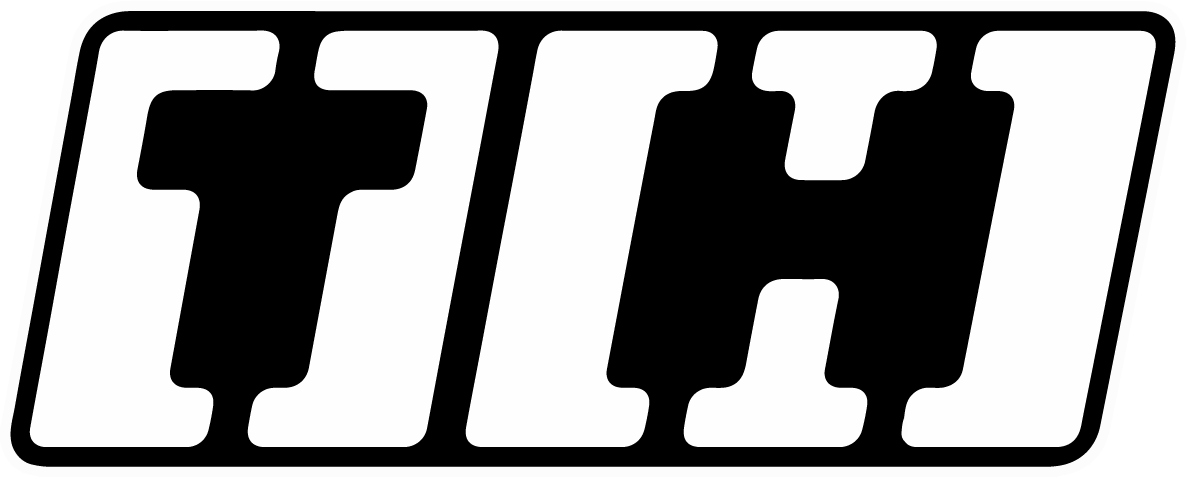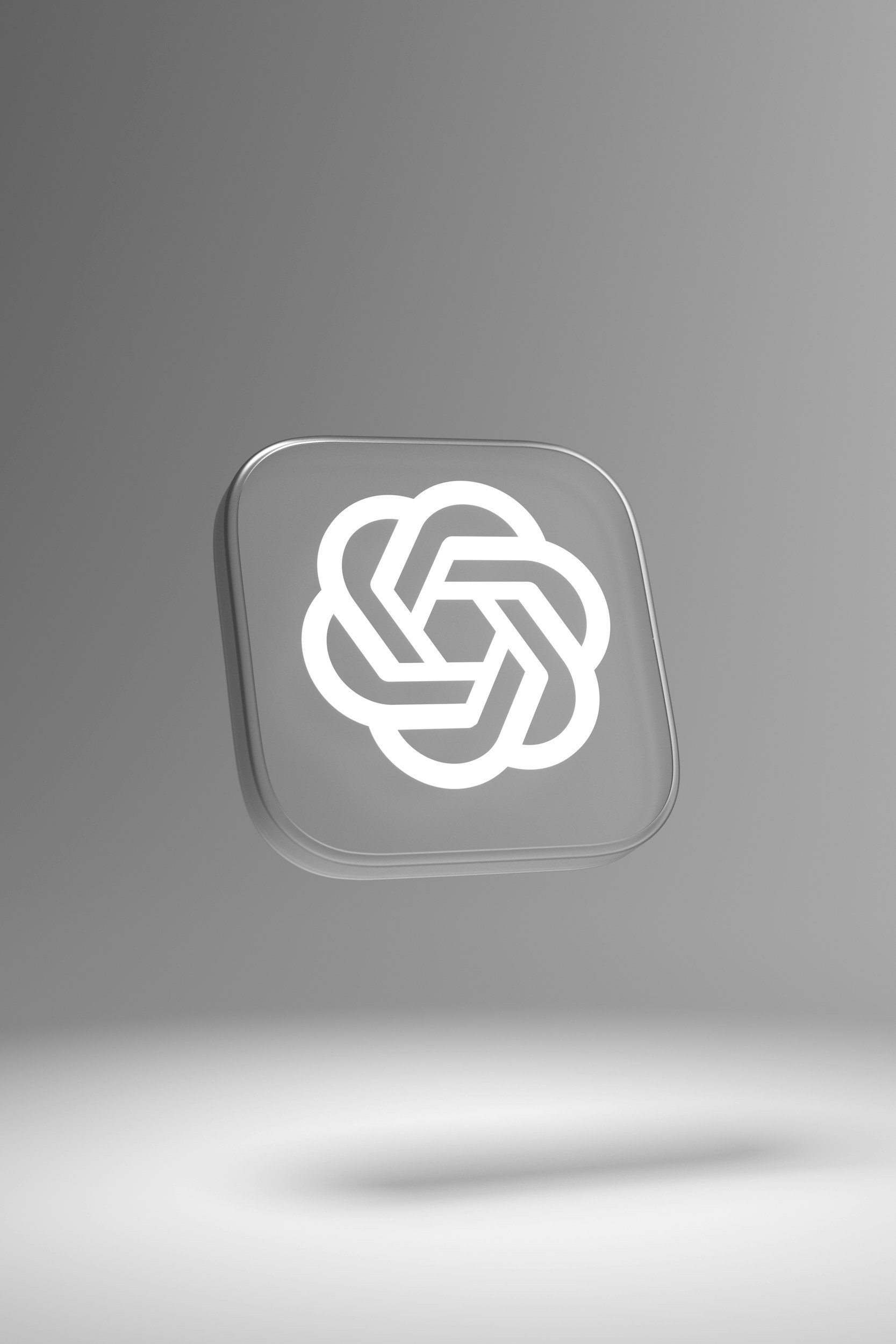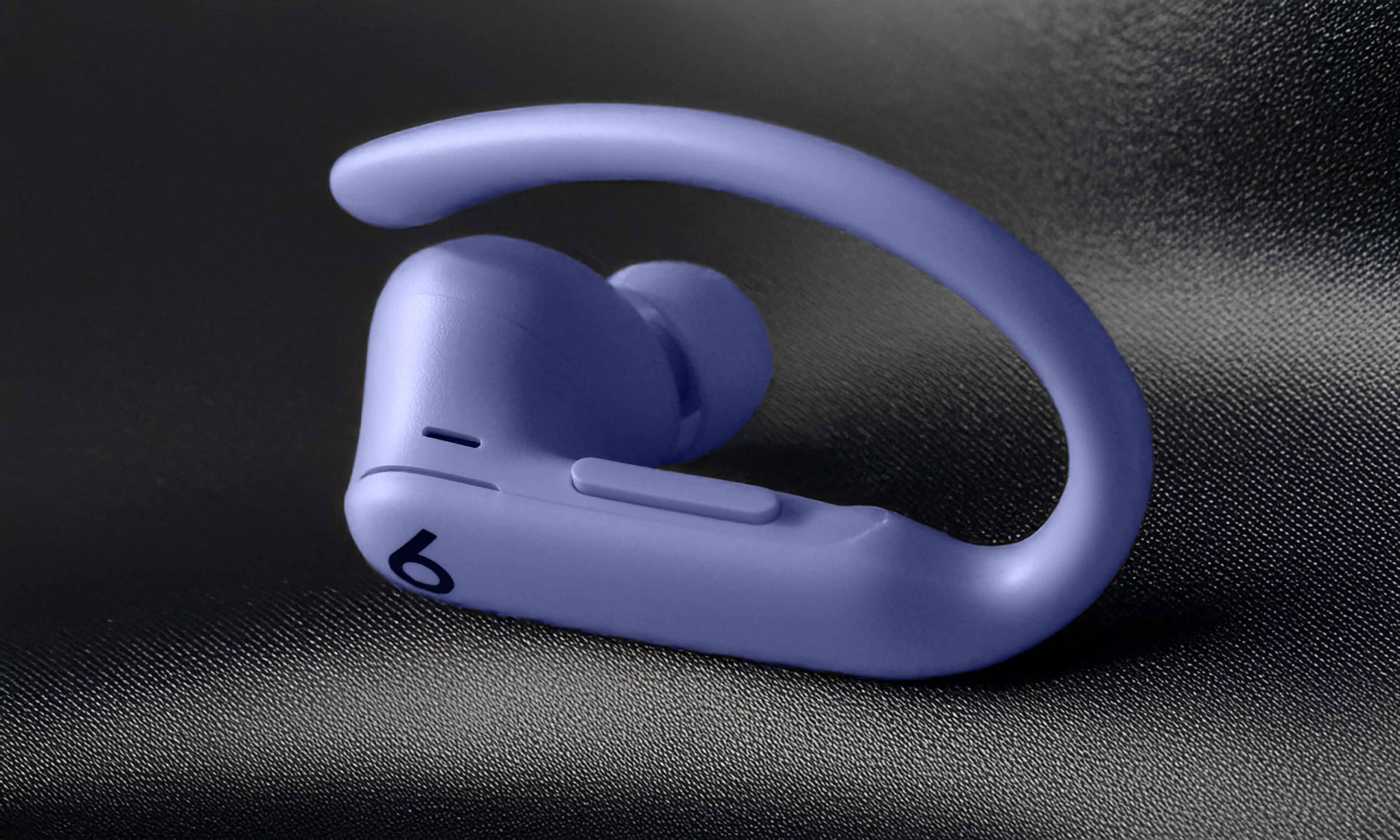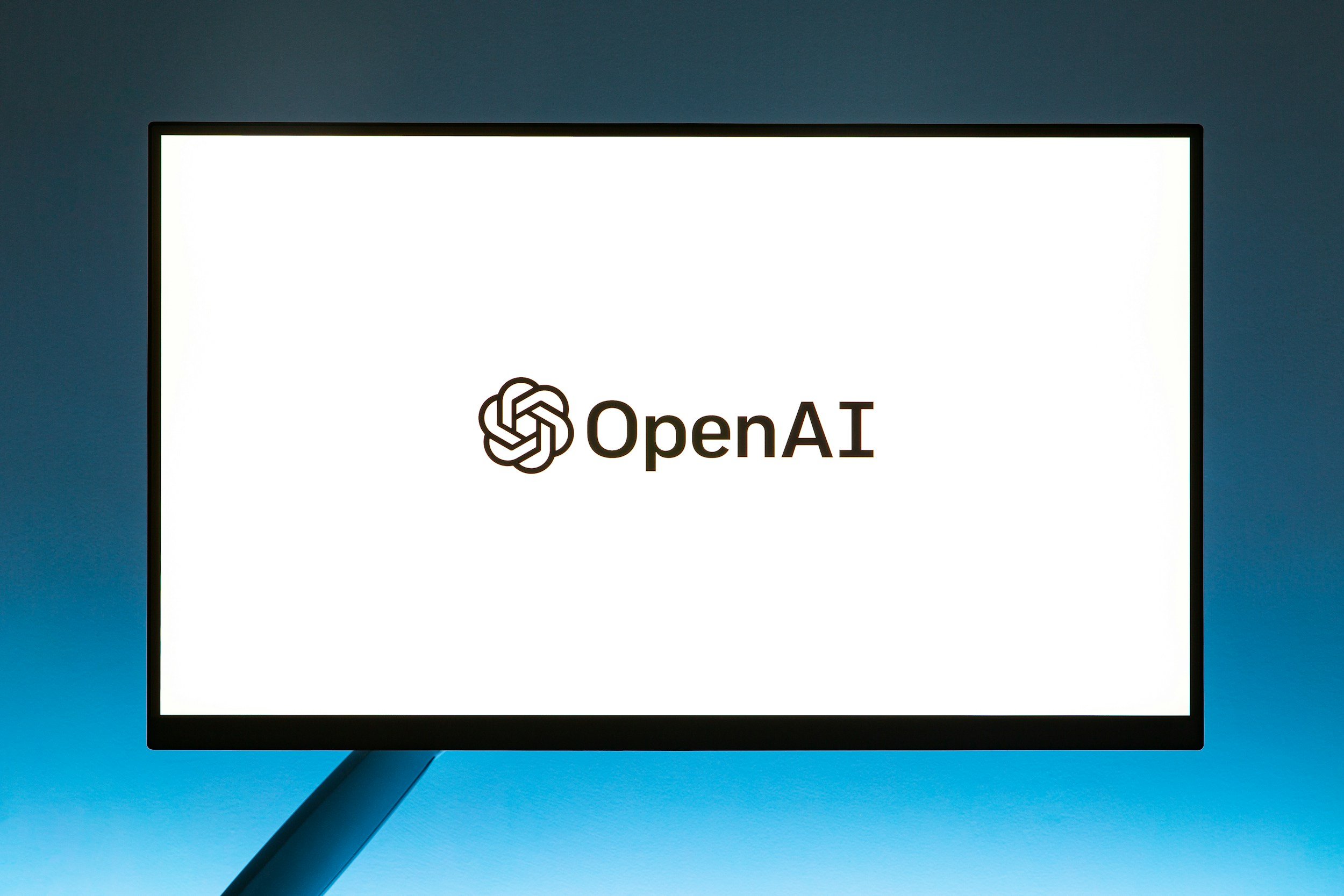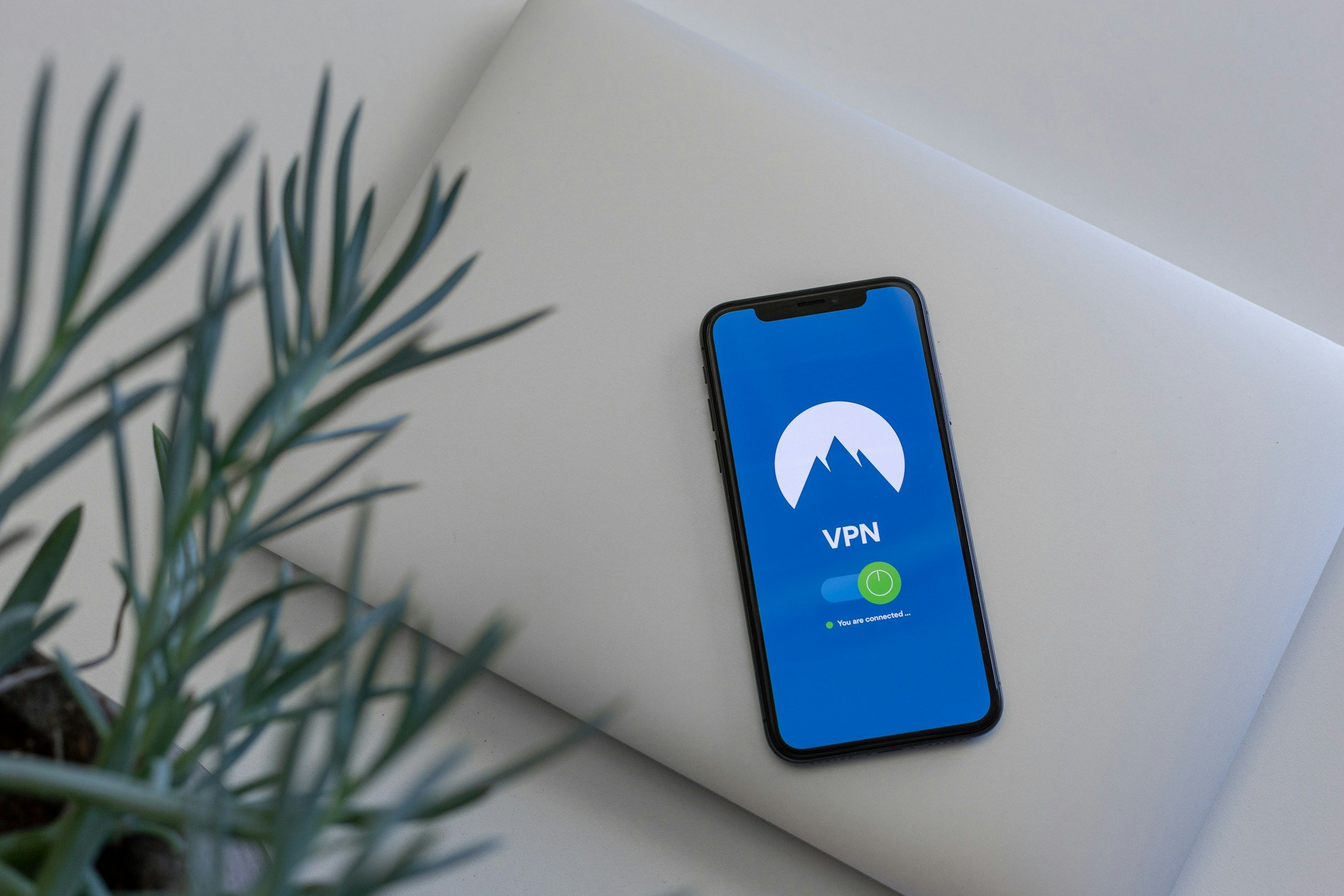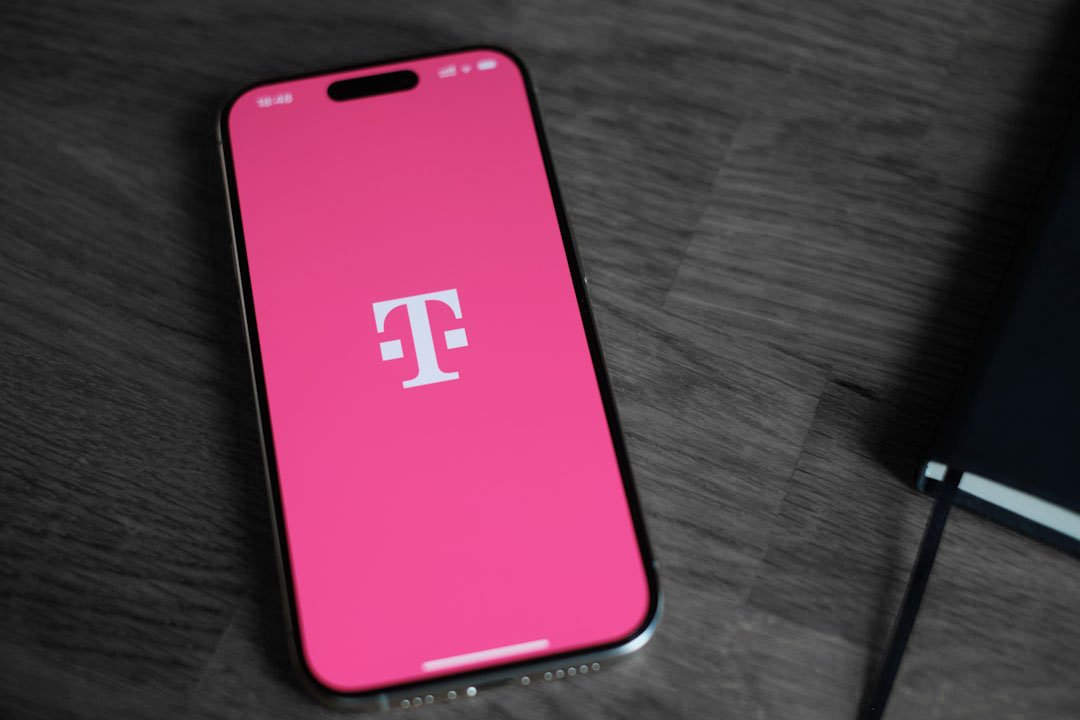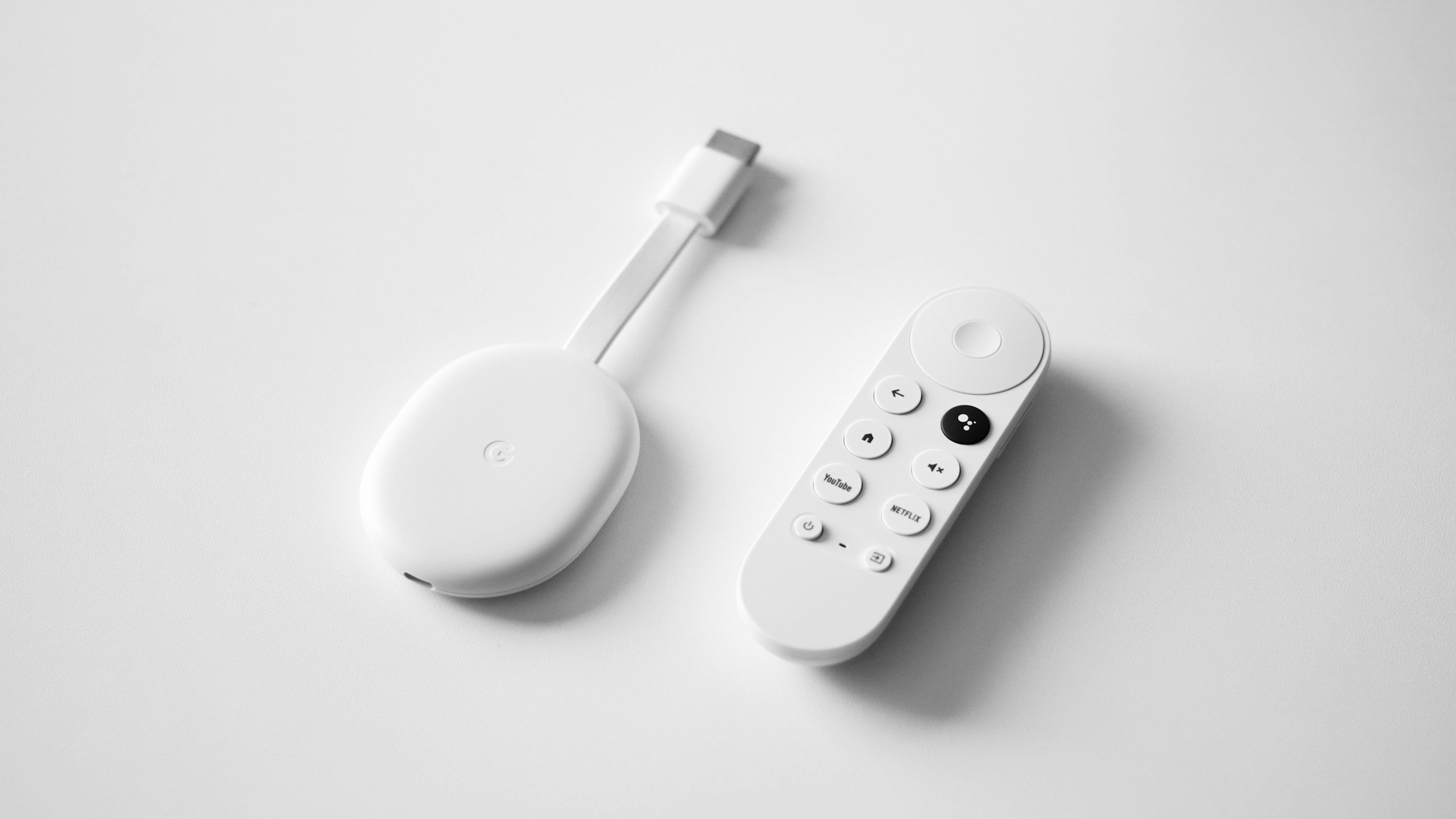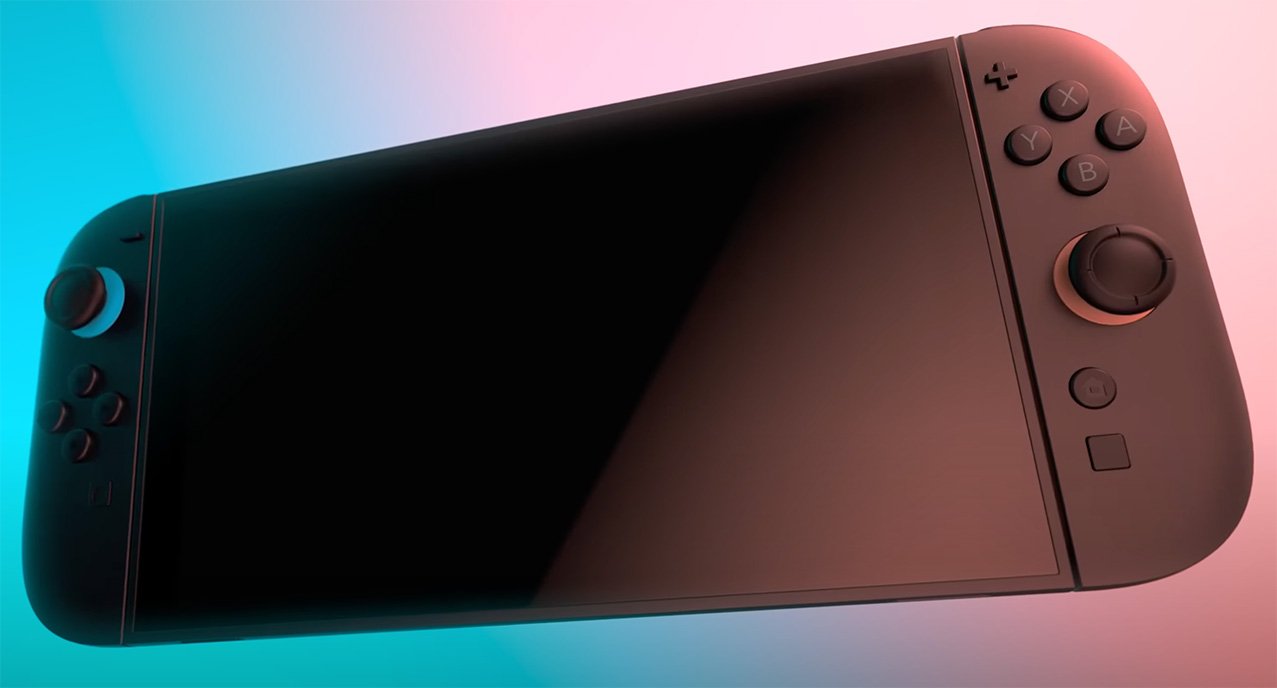Are Free Government iPhones Really a Thing? – What You Should Know
When you purchase through links on my site, I may earn an affiliate commission. Here’s how it works.
Table of Contents Show
You may have heard about free or subsidized government smartphones. Yes, they're real, but don't get too excited yet.
Now, the concept of free government phones isn't new. Programs like the Lifeline Assistance and the Affordable Connectivity Program have been around for a while, providing subsidized or free phones to low-income families.
However, there's been talk of high-end devices like the iPhone 13, the iPhone 13 Pro, or even the iPhone 13 Pro Max being included in this initiative.
Well, I don't want to waste your time, so let's cut to the chase:
If you're trying to save some money, sure, you might find a cheaper deal. But let's face it, free government iPhones – especially newer models like the iPhone 13? That's pretty much non-existent!
And those individuals claiming to offer these deals? Mostly, they're scammers. So, maintain a high level of caution – if the deal sounds too good to be true, it likely isn't true.
That being said, you can certainly aim for a more basic free government smartphone – with some luck even an iPhone, albeit an older model like the iPhone 6.
This largely hinges on the policies of individual cell phone providers, which we'll delve deeper into shortly.
So, in this comprehensive guide, we're going to break down everything you need to know about this topic.
Update: In a recent development, the Affordable Connectivity Program (ACP) is winding down. For further information, please refer to their website.
Despite this change, the majority of the insights provided in this article are still relevant.
1. The Concept of Free Government Phones
Before we get into the details, let's take a step back and understand how this all started and why it exists.
History
The concept of free government phones isn't something that just popped up overnight. It has its roots in the Lifeline program, established back in 1984 during the Ronald Reagan Administration.
At first, the program was all about getting landline services into low-income households. It's pretty cool to see how it's evolved from traditional landlines to mobile phones.
Purpose
So, why does this program even exist? The aim of the Lifeline program is to bridge the communication gap for low-income Americans.
It's not only about calling your friends – it's also about having access to emergency services, job opportunities, and educational resources. In our increasingly digital world, staying connected has become more important than ever before.
2. Legitimacy and Scams – Official Programs
Even though a lot of scams exist, there are legitimate government-backed programs that offer free or subsidized smartphones.
Official Programs
This is the OG of free government phone programs. Established back in 1984, Lifeline has evolved from offering landlines to now providing smartphones, including iPhones.
The program is aimed at low-income families and individuals who are already participating in federal assistance programs like Medicaid and SNAP.
Affordable Connectivity Program (ACP)
This is a newer initiative that focuses on providing affordable internet and phone services.
This is a government-supported program that not only provides free or subsidized smartphones but also includes monthly minutes, texts, and data.
Red Flags
Now that we've talked about the legitimate ways to get a free or subsidized basic iPhone through government programs, let's switch gears and talk about the “dark side” of this – scams and fraudulent schemes.
Because let's be real, where there's a free offer, there's often a scammer lurking in the shadows.
One of the most common tactics scammers use is phishing. You might receive an email or text message that looks like it's from a legitimate source, asking you to confirm your personal details.
Always double-check the sender's email and never click on any links unless you're sure it's legit.
This is when a scammer signs up for cellular service using fraudulently obtained customer information.
If you ever receive a message or call claiming you've signed up for a service you didn't, contact your service provider immediately.
Some scammers will tell you that you've won a "free iPhone" as a prize and ask you to pay a small fee for "taxes" or "shipping."
Remember, real prizes have no additional fees attached to them.
If you receive text messages asking for personal information like your Social Security number or bank details, it's likely a scam.
Always verify the source before sharing any personal information.
If you notice any unusual activity on your phone, like apps you didn't install or messages you didn't send, it could be a sign that your phone is compromised.
Always remember, if something sounds too good to be true, it probably is.
Real-Life Examples
Alright, let's talk about some real-life case studies of people who've fallen for free iPhone scams.
Because, let's face it, scams are a real problem, and the best way to avoid them is to learn from others' mistakes. So, let's get into it.
1. The Instagram Trap
In this case, a user came across an Instagram account promising a free iPhone X. The account looked legit, complete with high-quality images and thousands of followers.
All the user had to do was repost the giveaway and tag the account. Sounds simple, right? Wrong. The account was a scam, and the user ended up compromising their personal information.
How to Avoid: Always check the credibility of social media accounts. Look for verified badges and read reviews or comments from other users. If it sounds too good to be true, it probably is.
2. The YouTube Scam
In this scenario, a user watched a YouTube video detailing a "secret method" to get a free iPhone. Intrigued, the user followed the steps, which involved downloading a third-party app and entering personal details.
The result? Malware on their device and compromised personal information.
How to Avoid: Be skeptical of "secret methods" or hacks, especially from unverified sources. Always download apps from trusted platforms like the App Store or Google Play.
3. The AI Voice Scam
This one is a bit more sophisticated. A user received a call from what sounded like a family member in distress, asking for immediate financial help to get a new iPhone.
The voice was convincing, but it was actually generated by AI. The user ended up losing thousands of dollars.
How to Avoid: Always verify the identity of the person you're speaking to, especially if they're asking for money or personal information. Use a secondary method of contact to confirm their identity.
Always do your due diligence before jumping on any "free" offers.
3. Eligibility Criteria
Now you might be wondering "How do I know if I qualify?" Well, one of the primary factors is income level, so let's break it down.
Income Level
The free government iPhone programs are designed to help low-income individuals and families stay connected in today's digital world.
But how do they determine who is "low-income"? Well, it's all about the numbers.
Federal Poverty Guidelines
Most programs use the Federal Poverty Guidelines as a baseline. If your income is at or below 135 % of the federal poverty level, you're likely eligible.
State-Specific Criteria
Some states have their own income criteria that might be more or less stringent than the federal guidelines. Always check the specific requirements for your state.
Household Income
It's not just about individual income; household income also comes into play. If your household income meets the criteria, all eligible members can benefit from the program.
Documentation
Proof of income is crucial. This could be in the form of pay stubs, tax returns, or official letters confirming your participation in federal assistance programs like Medicaid or SNAP.
If you're wondering whether you qualify, start by checking these criteria. And remember, each program may have its own set of rules, so always read the fine print.
Special Groups
Okay, now let's talk about another important aspect of subsidized or free government iPhone programs – special groups that may qualify.
You might be thinking, "I don't meet the income criteria, so I'm out of luck, right?" Well, not necessarily.
There are specific groups, like veterans and people with disabilities, who may also be eligible.
1. Veterans: Serving Those Who've Served
Veterans are often eligible for subsidized or free government smartphones through programs like Lifeline.
This is a way to give back to those who've served the country, ensuring they have the connectivity they need to access essential services like healthcare and job opportunities.
2. Disabled Individuals
For individuals with disabilities, a smartphone is a crucial tool. Programs like Lifeline and ACP often extend their services to disabled individuals, offering iPhones that come with handy accessibility features.
This ensures that they can use the device to its full potential, whether it's for communication, navigation, or emergency services.
3. Other Federal Assistance Programs
If you're already participating in federal assistance programs like Medicaid, SNAP, or SSI, you're likely eligible for a basic subsidized or free government iPhone.
So if you fall into one of these categories, it's worth checking out the specific eligibility criteria for each program.
Documentation
Now, we will talk about the final piece of the puzzle when it comes to getting a subsidized or free government smartphone – documentation.
Well, you might have ticked all the boxes for eligibility, but without the right documents, you're not crossing the finish line. So, let's break down what you'll need.
1. Personal Identification
First up, you'll need a valid form of personal identification. This could be a US driver's license, a government-issued, Tribal, state, or military ID, or even a passport. The key here is that it needs to be government-issued and current.
2. Proof of Income
To prove your income eligibility, you'll need documents like pay stubs or tax returns. Some programs may also accept official letters confirming your participation in federal assistance programs like Medicaid or SNAP.
3. Citizenship or Residency Documents
You'll also need to prove your citizenship or legal residency. This could be a birth certificate, a permanent resident card/green card, or a Certificate of US Citizenship/Naturalization.
4. Special Group Documentation
If you're applying as a veteran or a disabled individual, additional documentation may be required.
For veterans, a DD214 form or other military service records will suffice. For disabled individuals, medical records or a disability benefits statement could be necessary.
Make sure you have all your documents in order before you apply, as incomplete applications are often rejected.
4. Data Plans
Now let's talk about data plans and the restrictions you might face.
1. Limited Data: The Fine Print
One of the first things you'll notice is that the data plans that come with these free government programs are often limited.
For example, some plans include a hard data limit, meaning once you hit that cap, you're either throttled or cut off until the next billing cycle.
This can be a significant drawback if you rely on data-intensive tasks like video conferencing or streaming.
2. Network Restrictions
Another aspect to consider is the network you'll be on. These programs usually tie you to a specific carrier, and switching isn't an option.
So, if you're in an area with poor coverage from the assigned carrier, you might find yourself in a connectivity black hole.
3. One Phone Per Household
The Lifeline program has a one-phone-per-household rule.
That means if multiple family members need a phone, you'll have to decide who gets the subsidized or free basic iPhone and who doesn't.
4. No Roaming
Some plans may also restrict roaming capabilities, limiting your phone's functionality when you travel.
This could be a downside if you're someone who's always on the go or if you live near state borders where roaming could kick in unintentionally.
5. Additional Costs: The Hidden Fees
Lastly, while the phone and basic plan might be free, additional services like international calling or extra data packs will likely come at a cost.
So, it's crucial to read the fine print and understand what's included and what's not.
While the phone itself might be free, the data plans do come with their own set of limitations that you should be aware of.
Conclusion
Now, let's tackle the big question: Is it still worth signing up for the government's smartphone program?
From an objective standpoint, if you meet the necessary eligibility criteria and require a smartphone, this program is definitely something you should contemplate.
That said, it's very important to thoroughly evaluate both sides of the coin, especially when it comes to data plans and network restrictions.
If these constraints don't deter you, then this initiative could definitely help you out.
But let me mention it one more time:
It's important to keep expectations realistic. The main goal of this program isn't about getting the latest iPhone in your hands. It's about making sure nobody gets left behind in our increasingly tech-driven world.
Free high-end iPhones on the other hand? They mostly do not existent!
The focus is less on whether you get an iPhone, or any other smartphone for that matter, and more about how that device can improve your day-to-day life.
And keep in mind that even older models and basic smartphones – which can sometimes be overlooked as 'last-gen' – can still pack a punch in terms of performance and compatibility when it comes to day to day usage.
In fact, for those looking to maximize their budget without sacrificing quality, there are great deals for renewed older and cheaper iPhones on Amazon. These devices give you an excellent price-to-value ratio. You get all the reliability and perks of iOS without having to spend a fortune like you would on the newest models.
Now, I want to hear from you. Are you considering applying for one of these programs, or maybe you've already got your hands on a government-subsidized iPhone? Whatever your story or questions might be, I'm all ears.
Feel free to share your experiences and insights down in the comments, or if you're more of a social media person, I'm there too.
And if you haven't yet, sign up for my newsletter. It's packed with the latest tech tips, in-depth reviews, and the freshest news from the tech scene that you won’t want to miss.
Until next time – thank you very much for reading!
MOST POPULAR
LATEST ARTICLES
